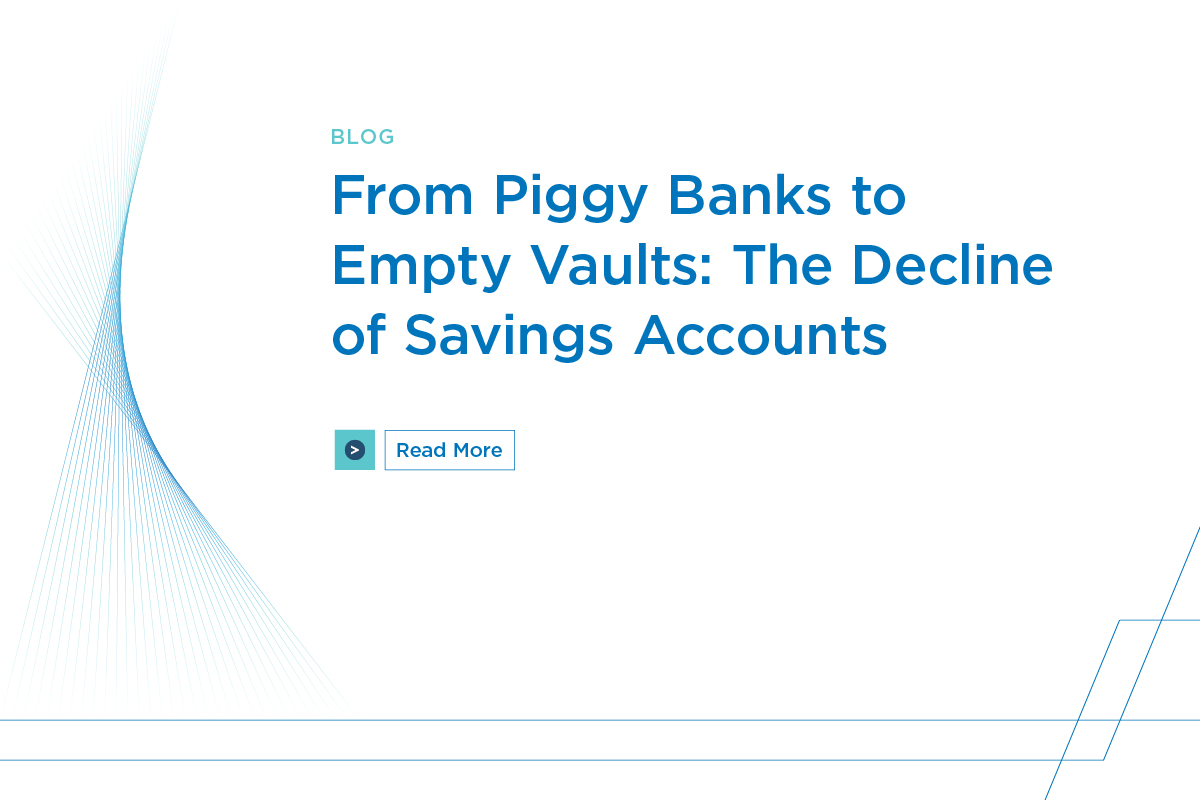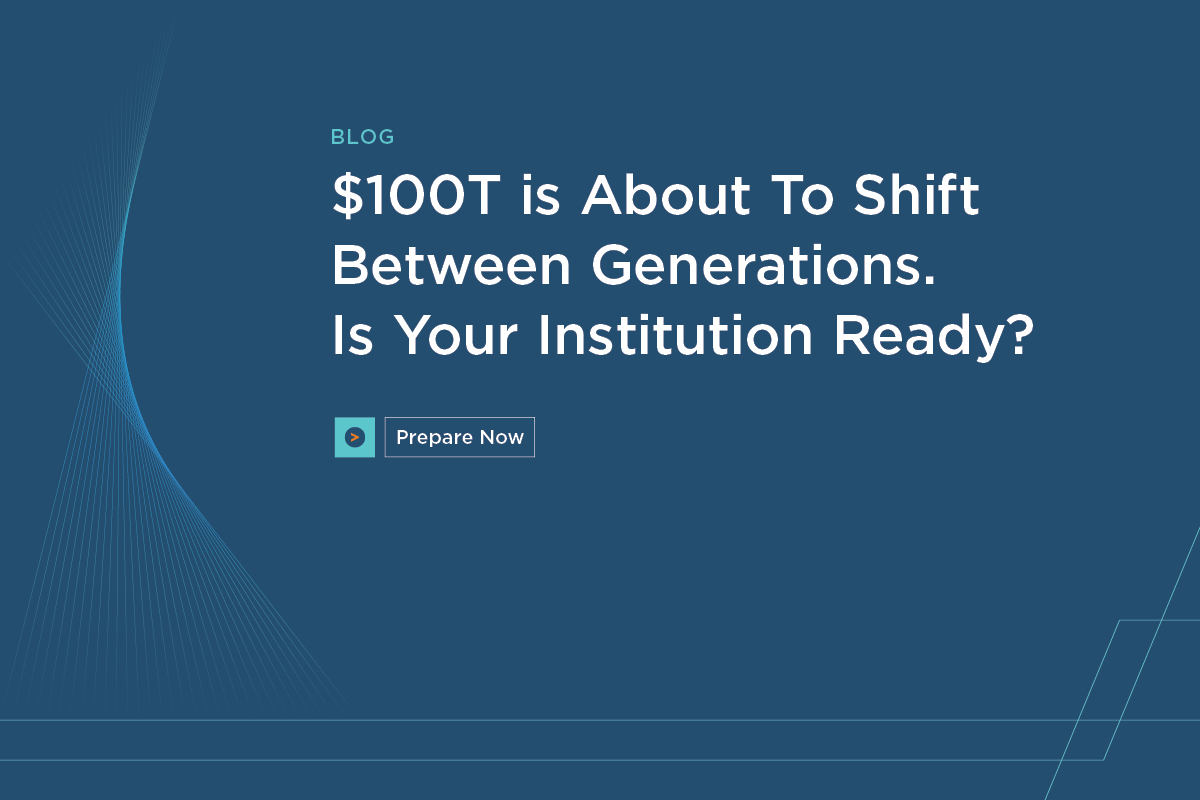Gen Z drives 14 times greater dollar opportunity than other generations. So reaching and solidifying a relationship with this generation represents a critical investment for financial institutions.
The 18–24 sub-group of Gen Z is particularly important. These young consumers are more independent and many are no longer on their parents’ “payroll” for the first time. They are being launched into the real world of working, budgeting and responsible spending. It’s a stage of life that is critical for establishing good financial habits so this generation will benefit from help on topics like managing college expenses, selecting an apartment and starting a new job.
Gen Z Demands a Real Financial Education
Older Gen Z consumers have reported seeking help in understanding financial products and best practices but they find most of the available financial literacy education to be lacking.
- According to The Financial Brand (citing an Experian study), only 19% of recent graduates feel they have a good understanding of credit, and about two-thirds say they did not receive any education on personal finance in school.
- Gen Z is prioritizing their finances. Almost half (47%) of Gen Z respondents want to enhance their credit ratings, while 46% want to create and stick to a budget.
- A Laurel Road survey found that 53% of Gen Z respondents acknowledge their financial literacy has room for improvement, but don’t know where to start.
Banks and credit unions can assist these emerging consumers but it must be done with Gen Z specifically in mind — they’re not simply “millennials 2.0.” For example, Gen Z is more debt-averse and has fewer credit cards (avg. 2.2 vs. 2.9) according to a survey from The Ascent.
Meet Them Where They Are
To reach Gen Z, it’s important to be helpful and supportive, meeting them on their terms, wherever they are, delivering an authentic experience across multiple communication channels. Nurturing a long-term, loyal relationship with Gen Z cannot be limited to a “one-and-done” campaign.
Social Media
Gen Z values informative and authentic communication. That includes social media, as Instagram (57%), TikTok (52%) and Snapchat (41%), are the top three social platforms Gen Z turns to for financial information, found a Credit Karma study.
Gen Z trusts social media influencers for financial advice
When it comes to personal finance information and guidance, younger generations don’t trust just anyone, but they do pay attention to social media influencers. According to the Credit Karma report, 75 percent of Gen Z and millennial respondents who seek financial guidance online or through social media follow social media influencers who publish content around personal finances.
Furthermore, percent of people who sought this information received financial advice from someone they didn’t know online, and 69% felt the advice had a positive influence on their life.
Separately, 37 percent of all Gen Z and millennial respondents, both those who have and have not sought financial advice from someone they don’t know online, said they would take such advice at face value without needing to fact-check the material.
What’s more, nearly half of all respondents said they are likely to share financial information or advice obtained online with a friend or family member.
Direct Mail
While social media is favored by Gen Z, heavy cross-platform consumption means there is also an opportunity to reach them with other media. In a recent study, more than half of Gen Z are aware of direct mail and 22 percent of them will make purchases based on an offer they receive via direct mail. Prosper Insights & Analytics also reports that 33 percent of the media influence for Gen Z in the financial services category comes from online media, followed by 22 percent for print and 18% for mobile.
Connected TV (CTV)
CTV represents an opportunity for financial institutions to deliver important messages and incentives to Gen Z. The 2021 Consumer Intel Report notes that 74% of Gen Z watch more streaming video/TV since 2020. Our February 2021 CTV survey found 55 percent of 18-to 24-year-olds are more inclined to research or purchase a product/service they see on streaming TV than on traditional cable TV.
To engage Gen Z, be sure to give quality messaging and experiences that extend across their favorite channels. Financial institutions who connect with Gen Z via CTV can also collect a goldmine of data to inform and improve future campaigns.
Banks and Credit Unions Should Invest in Developing Digital Banking Experiences
According to the MX study published by The Financial Brand, when it comes to picking a financial service provider, more than half of Gen Z respondents view the digital banking experience “very important.”
Here are the top financial concerns of Gen Z:
- Having cash on hand for an emergency (26%)
- Living within a budget (26%)
- Ability to pay everyday living expenses (23%)
- Paying down debt (19%)
What’s more, 20 percent of Gen Z and millennial respondents anticipate banking will be 100 percent online in the future. And more than any other age group Gen Z is interested in more forms of digital experiences, including automated financial assistance (39%) and virtual assistants for money management (31%).
Finally, when it comes to customer support preferences Gen Z has yet again turned to digital channels. While all age groups expressed a strong desire for live person chat, call center services, and branch visits, 53 percent of Gen Z respondents preferred to be able to get a solution online.
Financial Institutions Win When They Invest in the Influential Generation
Cultivating loyalty with Gen Z means delivering convenience, responsiveness and authenticity because, as the first digital natives, that’s what they expect.
Additionally, shore up relationships with parents since Gen Z may look to them for advice on banking as they begin to establish credit. The first place parents might go for advice is to their existing bank and so the legacy of a good relationship with a financial institution is handed down in perpetuity.
Consumer Packaged Goods companies have made an art out of brand loyalty being passed down through the generations. Brands such as Dove and Colgate exist in homes when kids are very young, and they are oftentimes the first brand choices as these new adults build their own households. The legacy of a good banking relationship can continue as well. It just takes a willingness to adapt to generational preferences. The investment banks make in understanding the Gen Z consumer will pay dividends in the future.
If you want to learn more about what’s on the mind of consumers right now, download our 2022 Financial Services TrendWatch.



